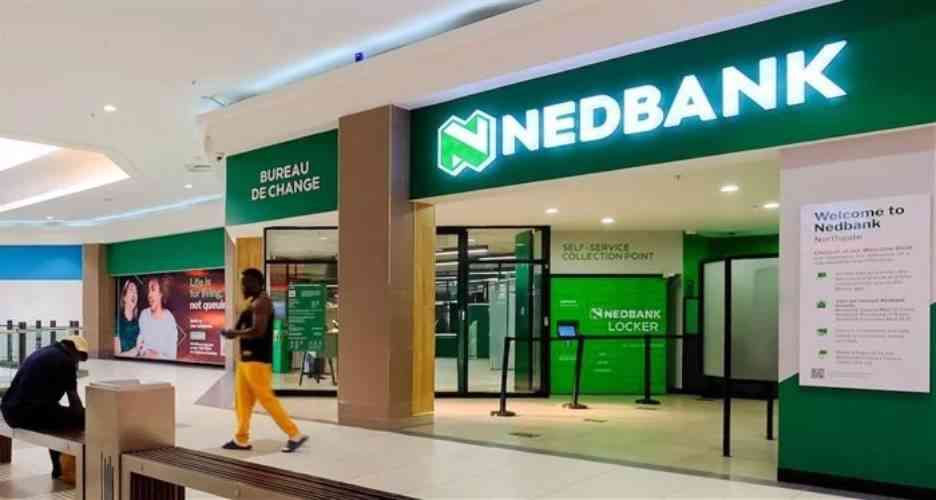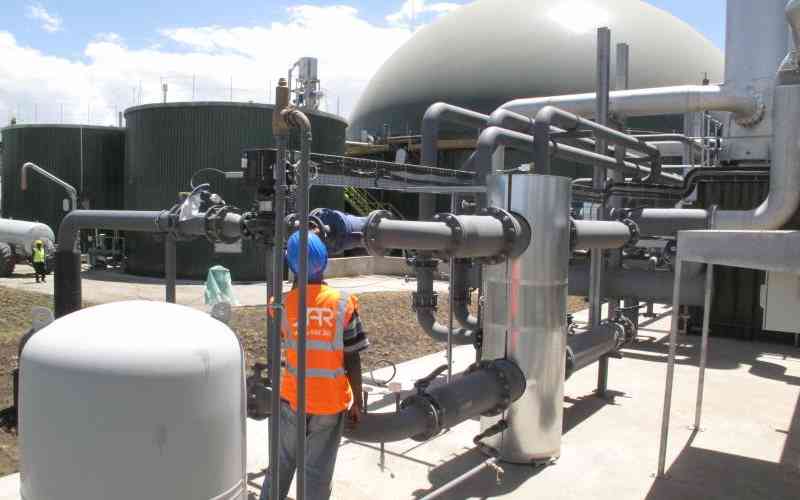×
The Standard e-Paper
Smart Minds Choose Us

Kenya Power plans to install chips in its smart metres for wireless internet access in homes and business premises as the electricity supplier ventures into the crowded internet service space.
The utility firm is banking on its vast customer base made up of 9.6 million households and business premises.







